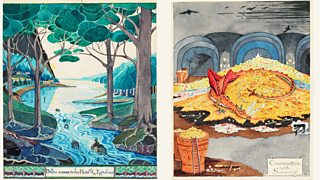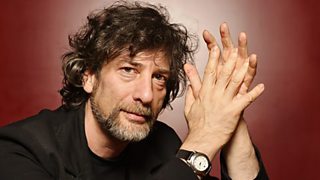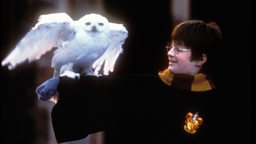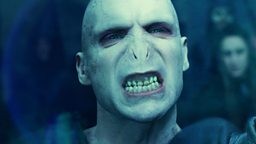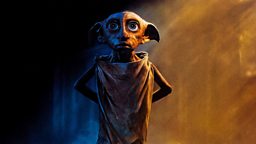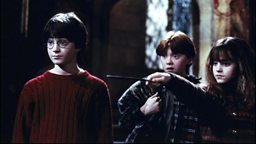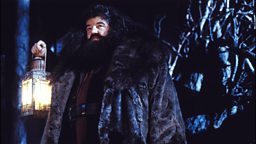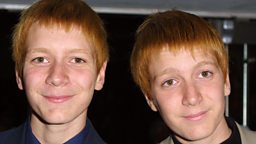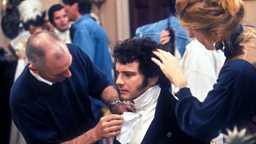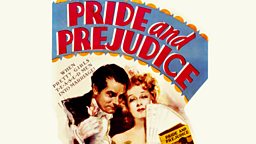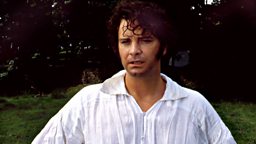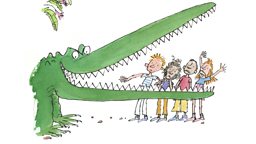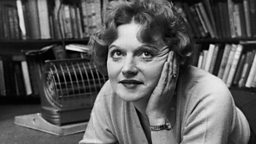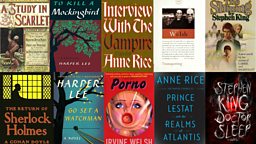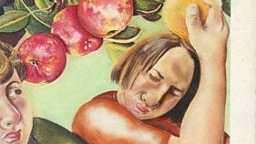Never can say goodbye: Great literary comebacks
22 August 2016
Is there anyone left on the planet that doesn’t know about the boy wizard and his right-over-wrong struggle with Volde…sorry, He Who Must Not Be Named? Author JK Rowling always kept the door open for her eponymous hero to return after the seventh and final book in the series was published in 2007. And that door was well and truly kicked wide open with her collaboration on Harry Potter and the Cursed Child, the two-part stage play which is redefining success in London’s Theatreland and making the script the fastest-selling of all time. But Harry, along with faithful friends Ron and Hermione, are not the only characters to be given a new lease of life on the page by their creator. STEPHEN JAMES-YEOMAN takes a look at some other notable revolving door appearances in literature.

Sherlock Holmes by Sir Arthur Conan Doyle
Arguably one of the most famous literary characters to make a return is the fiendishly difficult to decipher detective Sherlock Holmes, and his trusty sidekick and narrator Dr John Watson.
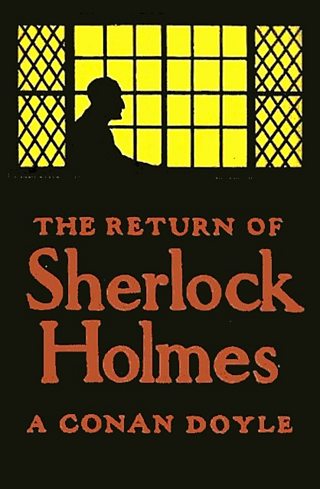
The super sleuth first made an appearance in 1887 in the novel A Study in Scarlet and from there you need analytical prowess akin to that of Baker Street’s most famous resident to follow the detective’s trajectory in print.
Creator Sir Arthur Conan Doyle wrote three further novels, in 1890, 1902 and then a huge gap before The Valley of Fear appeared in 1915, but in between fans devoured Sherlock and Dr Watson’s adventures in short stories commissioned by The Strand magazine.
But Conan Doyle, a prolific writer of long form stories and poetry, was fearful Sherlock would overshadow his other works so he killed him off in 1893, as reported by Dr Watson in The Final Problem.
The aptly titled The Return of Sherlock Holmes appeared in 1905, yet three years earlier the ghostly goings-on in The Hound of the Baskervilles had appeared as a serialisation, again in The Strand, reminding the author just how loved his cunning creation was.
The pipe-smoking, deerstalker-wearing problem-solver remains the most frequently depicted character to make it from page to the big and small screen.
Sick Boy, Renton and friends by Irvine Welsh

You just have to say ‘Trainspotting’ and one of two images are conjured up. Either a dedicated, sedentary past-time of locomotive logging on Britain’s railway platforms or a pounding, shaved-headed Ewan McGregor footchase, possessions (well, actually not his initially) spilling onto the Edinburgh pavement set to a driving Underworld soundtrack in Danny Boyle’s cinema classic.
Renton, along with Sick Boy, Spud and Begbie are the creation of Irvine Welsh in his first novel published in 1993
But of course, McGregor’s character Renton, along with Sick Boy, Spud and Begbie are the creation of Irvine Welsh in his first novel published in 1993.
Almost ten years later, we’re reintroduced to their murky world, which is in a similar chaotic fashion, in the best-seller Porno.
But Welsh said he never meant for Porno to be a sequel to Trainspotting. “Nikki was originally the main character, her boyfriend was an older guy called Steve. When I got half-way through it I realised that he was Sick Boy and I had to just go with that,” he says on his website. “Of course, I then found that I couldn't tell his backstory without working out what had happened to the rest of them.”
Interestingly he goes on to say that the book would have been better without the baggage of the Trainspotting characters, yet they make another welcome return in the subsequent Trainspotting prequel Skagboys.
Lestat from The Vampire Chronicles by Anne Rice
Anne Rice’s series about the tortured vampire Lestat de Lioncourt produced runaway bestsellers even before the story was immortalised (see what I did there) on screen with the neck-biter and his protégé Louis being played by Hollywood royalty Tom Cruise and Brad Pitt.
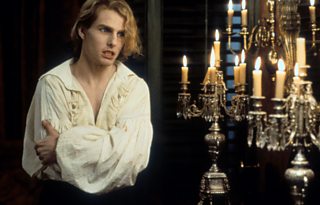
I made a conscious choice to go back, to re-read the books, to think about him again and to see if his voice would come back to me if I had new stories to tellAnne Rice
It seemed The Vampire Chronicles were complete in 2003 with the 11th book Blood Canticle. Yet in 2014 he returned in Prince Lestat and this year the anti-hero proves he may yet be with us for an eternity as Prince Lestat and the Realms of Atlantis hits the bookshelves.
Talking to Smashing Interviews magazine, Rice said: “It’s hard to sum up in a few words. I felt that when I finished Blood Canticle (2003) that I was finished. I thought that was it. I felt I didn’t have any more stories to tell for Lestat, and I associated him with a lot of different things that happened to me over the years, and I was moving on from that.
I don’t know how to explain it except that I made a conscious choice to go back, to re-read the books, to think about him again and to see if his voice would come back to me if I had new stories to tell.
I discovered that I had a ton of new stories to tell. I think it was good to lay off for ten years and to let the world change and let myself change and pass through a period of grief and spiritual exploration, and then go back and take a fresh look.”
Atticus Finch and family in To Kill A Mockingbird by Harper Lee
This is a tricky one. Lawyer Atticus Finch's appearance in 1960 as the thoughtful model of integrity and arguably light-touch father to his children Scout and Jem in the celebrated To Kill a Mockingbird became the definitive example of a one hit wonder.
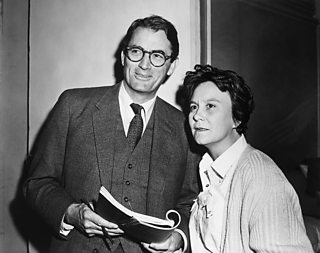
Yet, to even give that description to the Pulitzer Prize-winning American classic belies the impact Harper Lee’s seminal work has had on the publishing world and its readers. No one expected the lawyer and his family to be associated with any story other than that set during The Great Depression in Maycomb, Alabama.
And as the story goes, the eventual re-appearance of the Finch family in , a staggering 55 years after they were first introduced, was initially as much a shock to Lee’s literary agent as it was to everyone else.
It’s not the hiatus that makes the comeback interesting. The second published book is set 20 years after the first, Scout the narrator now an adult at 26. Yet what would be thought to be a sequel is not. The author said it was the ‘parent’ to Mockingbird, and written before. Right up until her death earlier this year Lee was fiercely private, living as a recluse and politely declining all interview requests.
Danny Torrence in The Shining and Doctor Sleep by Stephen King
He is horror writing royalty but Stephen King doesn’t really do sequels.
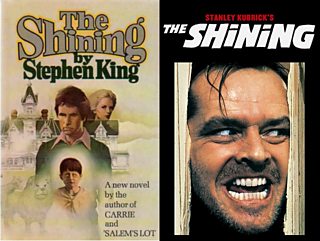
The American author has written more than 50 books yet says only one character interested him enough to deserve a follow-up.
Those familiar with will instantly recognise Jack Nicholson as Jack Torrance, a frustrated, alcoholic writer who lost his teaching job, becoming the winter caretaker of an isolated hotel in the Rockies.
But it’s his psychic son Danny who is the protagonist of Doctor Sleep, where the child has grown up to be a drifter, as challenged by the demons of drink as his father, drawing on King’s own conquered battle with alcohol.
In an interview with USA Today, King describes his characterisations in the sequel as ‘sharper’. “I'm older and have learned a little more. Maybe that's wishful thinking," he said.
Welcome to #LovetoRead
More from Books
-
![]()
Seven must-read novels by female authors.
-
![]()
Tolkien's own illustrations of his fantasy universe.
-
![]()
The author picks his three favourite works of science fiction.
-
![]()
Judge these books, and their genres, by their covers.


